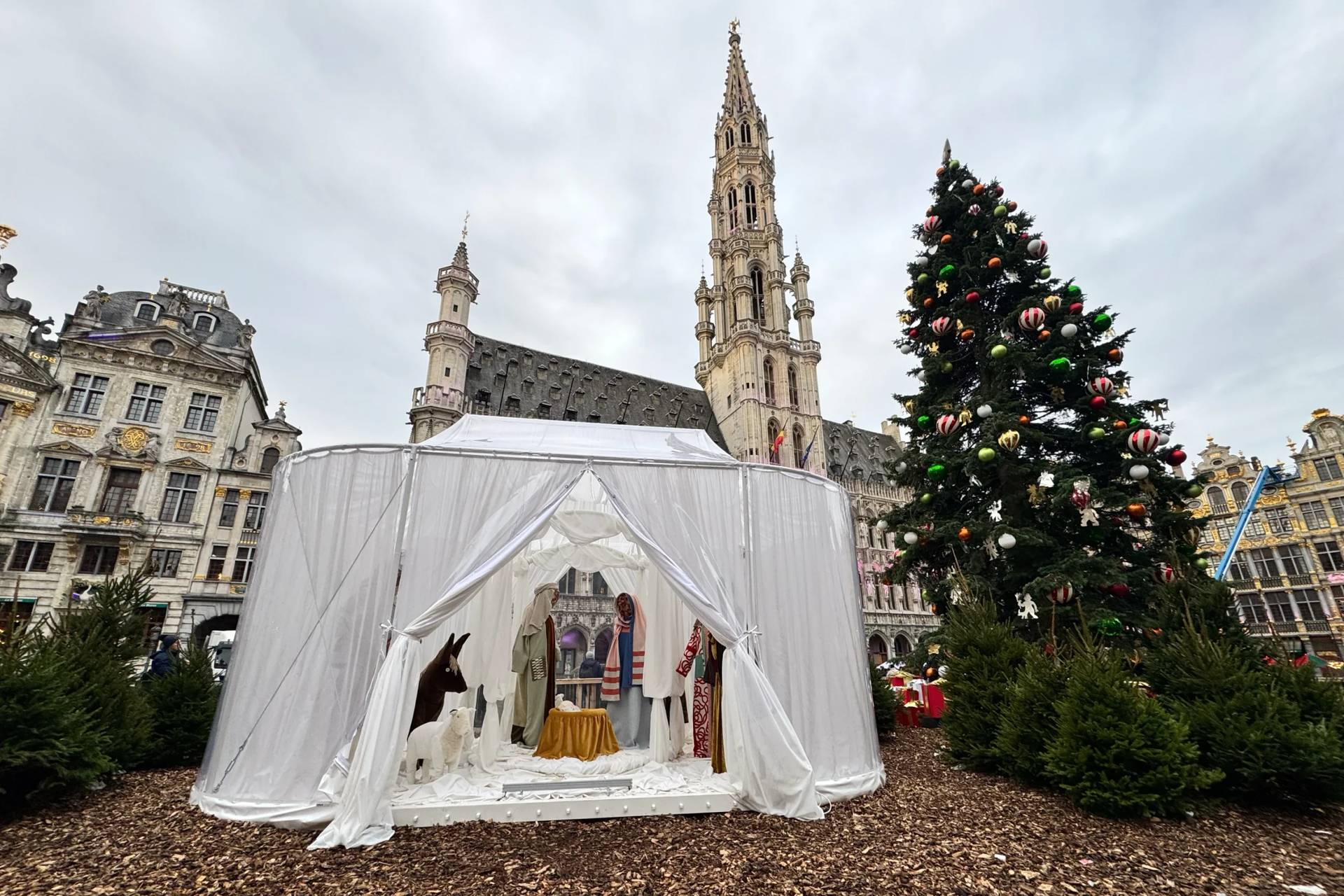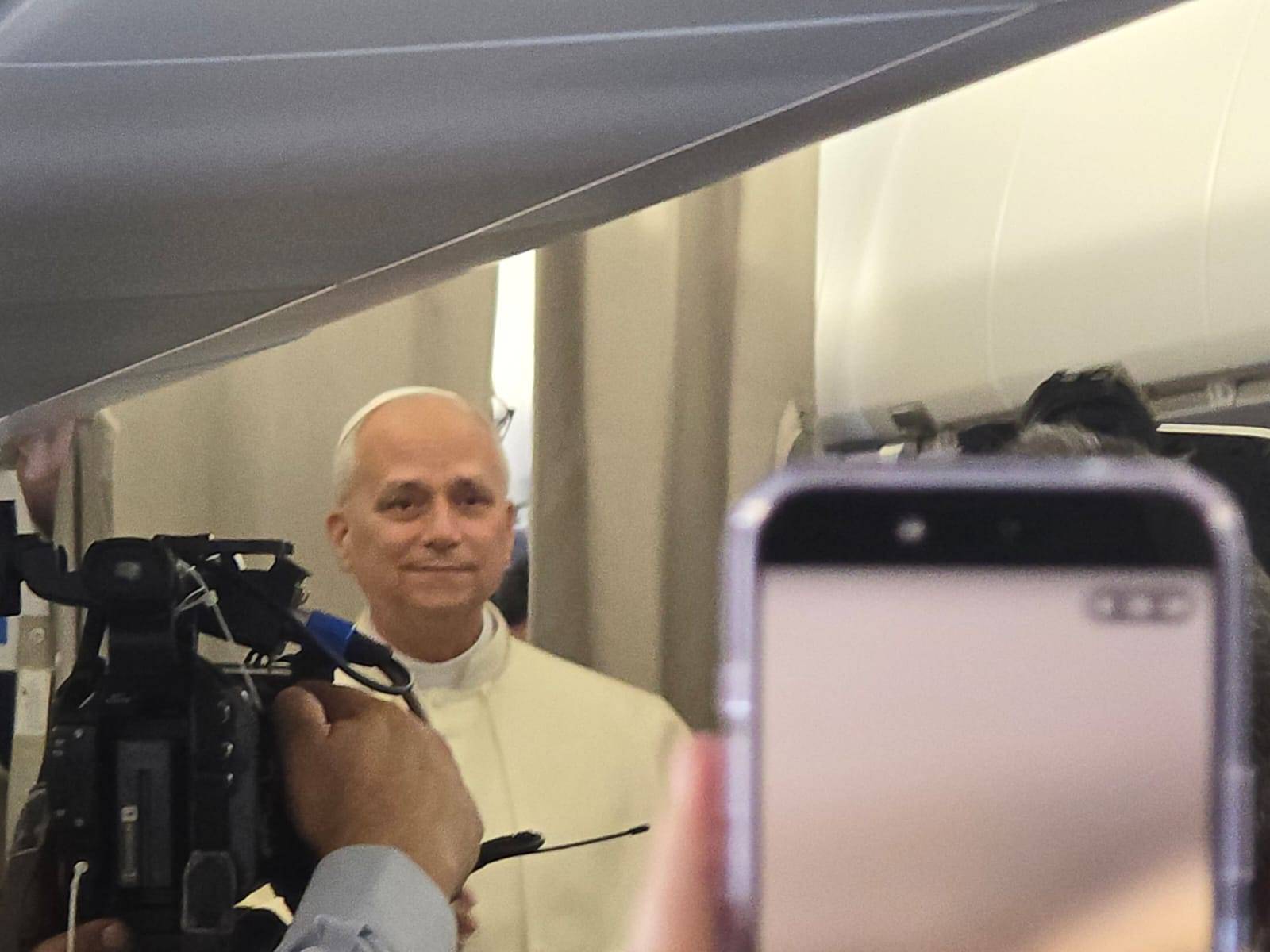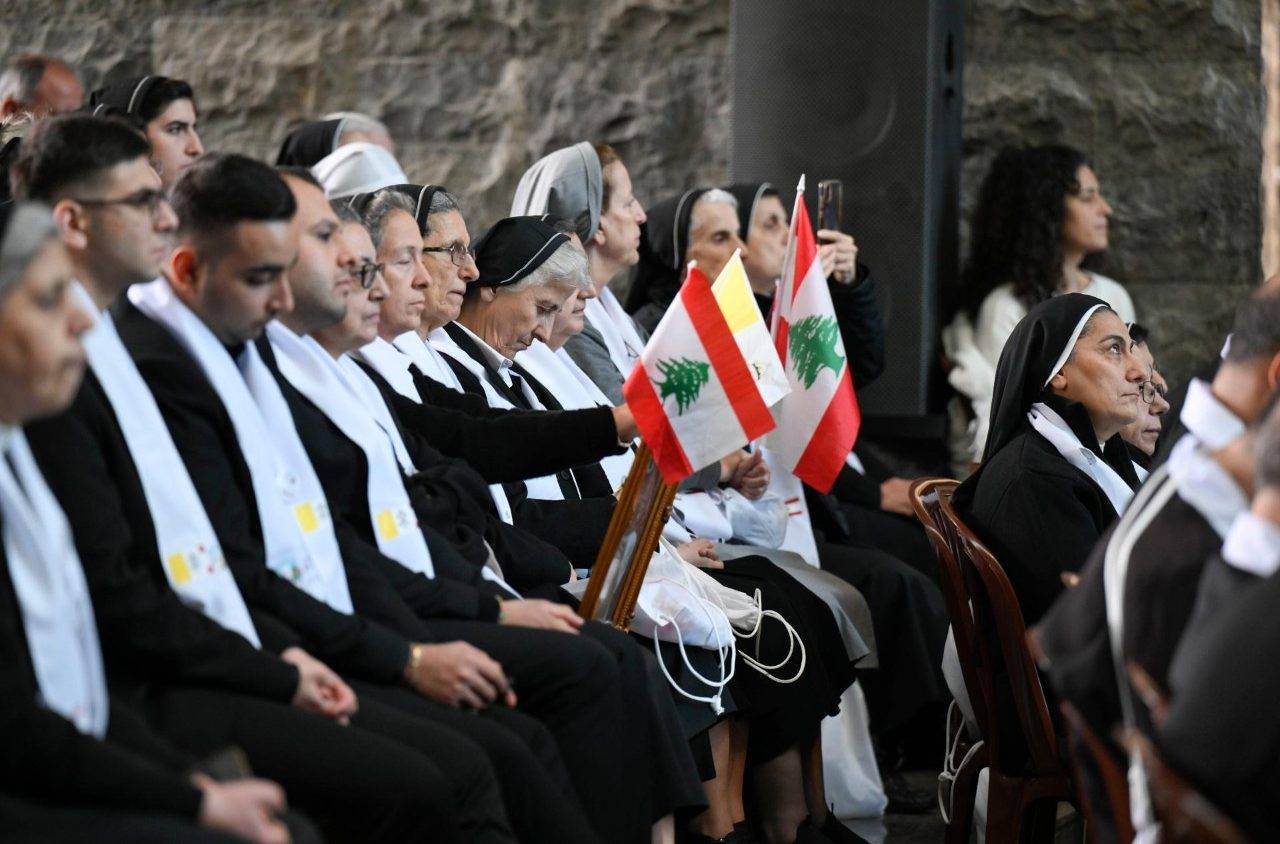ROME – With ten years at the helm of the Catholic Church under his belt, Pope Francis has become a globally beloved and respected figure, but he has also generated more than his fair share of controversy – much of which, thanks to social media, has played out visibly in real time.
After an initial “honeymoon phase” following Francis’s election, which he himself predicted wouldn’t last long, slowly a cascade of criticism began to flow in when started his serious decision-making, and it became clear there was a major shift in tone from the previous two pontificates.
As the tenth anniversary of his election approaches, here’s a look at what are arguably the most controversial decisions he has made so far.
Political Advocacy
Francis’s clear decision to get involved in what are conventionally seen as political debates, from economics to migration policy – and, of course, which side he’s taken – has been a source of debate nearly from the beginning.
Early on, this debate focused on his advocacy for the poor and his routine criticism of the capitalist system and “trickle-down” economics, gaining him a reputation among some as a Marxist. His criticism of free-market economics has also led to increased pushback, especially among right-wing American Catholics; famously, conservative American radio media personality accused Francis of espousing “pure Marxism” in 2013.
These allegations were further cemented when the pope received a crucifix shaped like a hammer and sickle, the traditional communist symbol, from Bolivian President Evo Morales during a 2015 visit to South America, and when a few months later he met with Fidel Castro during a brief stopover in Cuba in September of that year.
Yet Francis has consistently denied these accusations, arguing that he is merely promoting the social doctrine of the Catholic Church.
His views on immigration and on climate change and the environment are also among the most controversial of his papacy.
When the pope published his encyclical on the environment Laudato Si in 2015, it was immediately met with a wave of backlash from his critics who argued that climate change was a myth, certainly not something caused by humanity, as the pope had argued.
Those critical of the pope also shot back at the science of the document, calling it a sham, and again took issue with his criticism of the global market system.
His repeated advocacy for an open-door policy for migrants and refugees within Europe and beyond has also continued to meet with resistance, not only from regular citizens who view the high migration flow as a problem, but also from rightwing populist politicians who hold a much different view on the matter.
Over the years, Pope Francis has butted heads with several politicians on the migration issue, including Italian politician Matteo Salvini, Italy’s former minister of the interior, who was taken to court on kidnapping charges for refusing to allow a boat carrying migrants to dock in Italy, and Hungarian Prime Minister Viktor Orban, whom the pope is expected to meet during his visit to Hungary in April.
Amoris Laetitia
Perhaps no other moment, no other decision, in Pope Francis’s entire 10-year reign has caused as much blowback as his 2016 post-synodal exhortation, Amoris Laetitia, or the “Joy of Love,” which is based on the conclusions of a 2014-2015 Synod of Bishops on the Family.
More specifically, the uproar was not so much over the document itself, but rather focused on footnote 351 of chapter eight, in which the pope opened a cautious door for divorced and remarried couples to receive the sacraments on a case-by-case basis.
The footnote comes in paragraph 305 of the document, in a section on wounded families and families living in irregular situations, which says that “a pastor cannot feel that it is enough simply to apply moral laws to those living in ‘irregular’ situations, as if they were stones to throw at people’s lives.”
Due to mitigating factors, the pope said it is possible people living in “an objective state of sin” can still be living in God’s grace and can grow in this grace with the church’s help.
At this point, the pope includes the now infamous footnote 351, in which he says, in terms of help from the church, “In certain cases, this can include the help of the sacraments.”
Francis goes on in the footnote to remind priests that “the confessional must not be a torture chamber, but rather an encounter with the Lord’s mercy…I would also point out that the Eucharist is not a prize for the perfect, but a powerful medicine and nourishment for the weak.”
Access to communion for divorced and remarried couples was one of the most hotly contested issues during the Synods of Bishops on the Family, with many arguing that to allow this would violate official church teaching and imply a shift in the Catholic view on marriage.
Pope Francis’s position, however, was that not every couple is the same, and that no situation is black and white, so church teaching as is allows space for pastors to be close to these couples and to conduct a proper discernment with them on if and when access to communion could be granted.
In the wake of Amoris Laetitia, many national bishops’ conferences issued guidelines for its application that included providing communion to remarried divorcees on a case-by-case basis, which in turn caused even greater backlash against Pope Francis for having opened the door.
The debate was so fierce that four prominent conservative cardinals, including American Cardinal Raymond Burke, penned five dubia, or doubts, to Pope Francis about the validity of footnote 351 in view of church teaching, however, without receiving a response, they published the dubia in conservative Catholic media outlets, causing further outcry and becoming a point of reference in the debate for several years.
In many ways, this was the crossing of the Rubicon of the Francis papacy, the moment which sealed the divisions between the pope and his critics.
Up until that point, conservative Catholics felt that they could still defend the pope and, while disagreeing with some of his decisions, could still claim him as their own. After Amoris, many conservatives came away feeling stunned, betrayed, and confirmed in their opposition to the direction of Francis’s papacy.
As an aside, Francis has also used this logic when it comes to the debate over allowing pro-choice politicians to receive communion, arguing that the Eucharist cannot be turned into a political weapon, and urging bishops who have pro-choice politicians in their congregations to approach the issue as pastors, rather than police.
John Paul II Institute
Another point of major controversy for Pope Francis was his decision in 2017 to re-found the Pontifical John Paul II Institute for Marriage and Family, which had been established by Pope John Paul II himself in 1981 to promote church teaching on life and marriage, offering a clear opposition to abortion, contraception, and euthanasia.
In September 2017, Francis issued a decree establishing the Pontifical Theological Institute for Marriage and Family Sciences, which replaced the previous institute and focused more on the interdisciplinary aspect and interaction with other, even non-Catholic entities in studying the everyday realities of family life.
At the time, many Catholics didn’t understand the logic for this decision, and some of Francis’s critics accused him of executing the re-founding in order to fire tenured professors perceived as if not hostile, then in some way opposed to his vision for the new institute.
This decision reignited debate over Pope Francis’s position on Amoris Laetitia, and on marriage and family more generally, including from some who questioned whether his position was even in alignment with church teaching, and whether his real aim was to change the church’s moral theology altogether.
Debate over this decision eventually died down, but the bad taste it left in many critics’ mouths has remained.
Amazon Synod/“Pachamama”
Another clear moment of controversy in Francis’s papacy happened during his 2019 Synod of Bishops on the Amazon, with debate exploding over Indigenous spirituality and what papal critics perceived was the pope’s open embrace of pagan worship.
The most visible symbol of this debate was the now infamous statue of the Pachamama, an Indigenous goddess of fertility and mother earth, frequently depicted as a naked Indigenous woman kneeling and embracing her pregnant stomach.
Much of the debate began after a symbolic prayer liturgy in the Vatican gardens opening the synod, which was allegedly supposed to incorporate elements of Indigenous culture and showcase the enculturation of Indigenous spirituality within Catholic liturgy.
However, critics argued that far from an expression of authentic Catholic worship, the liturgy was more akin to a pagan ritual and idol worship, as many objects of cultural and spiritual significance for Amazonian indigenous, including statues of the Pachamama, were featured prominently.
Pope Francis on that occasion opted not to recite his prepared speech, but asked participants to join him in praying the Our Father instead. The Vatican gave no explanation for that decision, but it was simply said he preferred to have a moment of prayer.
At one point during the synod, controversy became so fierce that a statue of the Pachamama was stolen from the Roman parish near the Vatican where it had been displayed along with other objects of relevance to the synod and tossed into the Tiber River, prompting Pope Francis to issue an apology and to ask forgiveness from anyone who was offended, saying the statues had been displayed “without idolatrous intentions.”
Two other highly debated points during this synod were the questions of women deacons and of ordaining viri probati, or tested married men, to the priesthood as a response to the regional priest shortage, where most rural communities get Mass less than once a month, if that.
The big question mark was whether Francis would approve the proposals, which had been suggested by several bishops from the Amazon. However, in his post-synodal exhortation Querida Amazonia, published in 2020, he dodged both issues altogether.
On women deacons, he acknowledged the debate, but said the issue needed to be studied further, and said this was being done by the commission to study the female diaconate he established in 2016, which failed to reach a consensus. He re-established the commission after Querida Amazonia, but so far, that commission has not produced a clear answer either.
When it came to the viri probati, the pope gave no official decision on allowing for their ordination, saying the vocation problem was related a failure to evangelize, and stressed the need to set up local seminaries aimed at fostering more local vocations.
Overall, the Amazon synod was among the most controversial events of Francis’s papacy, reviving debates not only on pagan worship, women’s ordination, and the married priesthood, but also internal divisions over the Catholic liturgy and the proper interpretation of the Second Vatican Council, given the synod’s emphasis on the enculturation of the faith.
Traditional Latin Mass
Pope Francis’s most recent controversy, which continues to cause waves throughout global Catholicism, was his decision in 2021 to restrict access to the Traditional Latin Mass.
With his motu proprio on the liturgy Traditionis Custodes, meaning “Guardians of Tradition,” Francis reversed his predecessor Benedict XVI’s liberalization of access to using the Roman Liturgy prior to the Second Vatican Council reforms on grounds that he was preserving church unity.
Among other things, the new norms stipulated that priests already celebrating the Latin Mass would need to get permission from their bishop to continue doing so. Any priest ordained after the issuance of the new norms who wished to celebrate the Traditional Latin Mass were required to submit a formal request to their bishop, and the bishop in turn was asked to consult with the Vatican before granting permission.
Francis also charged bishops with determining specific times and locations where the Latin Mass can be celebrated and forbid the establishment of new parishes dedicated to the Traditional Latin Mass as well as the inclusion of the traditional liturgy on the regular parish Mass schedule.
That decision was immediately met with enormous backlash, with critics calling the pope “cruel” and saying they felt misunderstood and mistreated, while supporters of the move hailed it as a difficult but necessary step in preventing further divisions from taking root in local communities, and in the church as a whole.
Francis fanned the flames further when at the end of last month he issued a new decree limiting a bishops’ ability to grant dispensations from Traditionis Custodes, ensuring that a bishop is not able to grant those dispensations on his own authority, but only after having consulted with the Vatican.
Given the popularity of the Traditional Latin Mass among certain church circles and its association with a rejection of the reforms of the Second Vatican Council by some, the topic has been a sensitive one for Francis and each of his immediate predecessors, and his decision to restrict access to the traditional liturgy will likely remain one of the most controversial aspects of his legacy.
Follow Elise Ann Allen on Twitter: @eliseannallen











